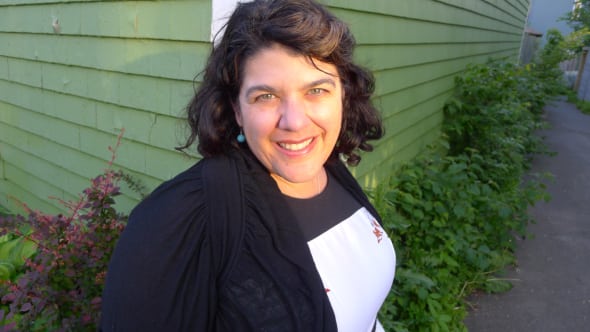In a dark home recording studio in a suburban basement in the last days of summer, I stand in front of a microphone wearing state-of-the-art headphones and my reading glasses and holding a well-thumbed copy of Mary, Mary by Lesley Crewe (Nimbus Publishing). I’ve read the novel carefully in anticipation of this moment. It’s a rollicking rom-com/family drama with a colourful cast of characters set in Cape Breton, Nova Scotia. Classic Lesley Crewe.
It’s far from my first time behind a microphone. For more than a decade I was a CBC Radio broadcaster, with the bulk of that spent as the host of the afternoon drive-home current affairs show in Halifax. I’m used to conducting interviews, reading prepared scripts or riffing off the top of my head to fill time, handling breaking news, introducing tunes, and delivering traffic updates. I’ve even done the occasional turn in radio plays and sketches. But this is brand-new territory. I’m here as part of Nimbus’s audiobook pilot project – one that will eventually result in six audiobooks being released in 2018, with plans for more to come.
As a fiction writer myself, I love the opportunity to read from my work. But what I’m discovering, in this home studio run by musician and producer Jason Mingo, is that there’s a big difference between reading one’s own novel to an audience and reading the work of another writer. I feel caught among several masters. I want Jason to like what he hears in his headphones so we can keep going. I want Nimbus to be pleased with what we produce so that their pilot will be a success. I want Lesley to feel that I’ve taken good care of her story and presented it in the spirit in which she wrote it. And, of course, I want the intended audience to keep listening.
Crewe’s book is jammed with vivid female characters – a mostly cheerful protagonist; a salty, alcoholic granny; a bitter and disaffected mother; a slightly snobby aunt; a somewhat spoiled cousin – who often all talk at once, or at least in rapid succession. I learn you don’t really want to fool around with accents, especially if the audiobook narrator is not particularly gifted. Still, there is a sweet spot for embodying what sets each character apart, and though it takes me a while to find my rhythm, I do my best to locate the spirit of Mary and each of her female relations and bring them off the page.
In addition to the workaday concerns of anyone who presents material through a microphone – bring your reading glasses, stay current with your allergy medications, drink plenty of water before, during, and after – that spirit seems to me to be the most important aspect of audiobook narration. In the end, everyone involved, from engineer to publisher, from author to audience, wants the same thing. A good story, well told.



 Contact us via email
Contact us via email

